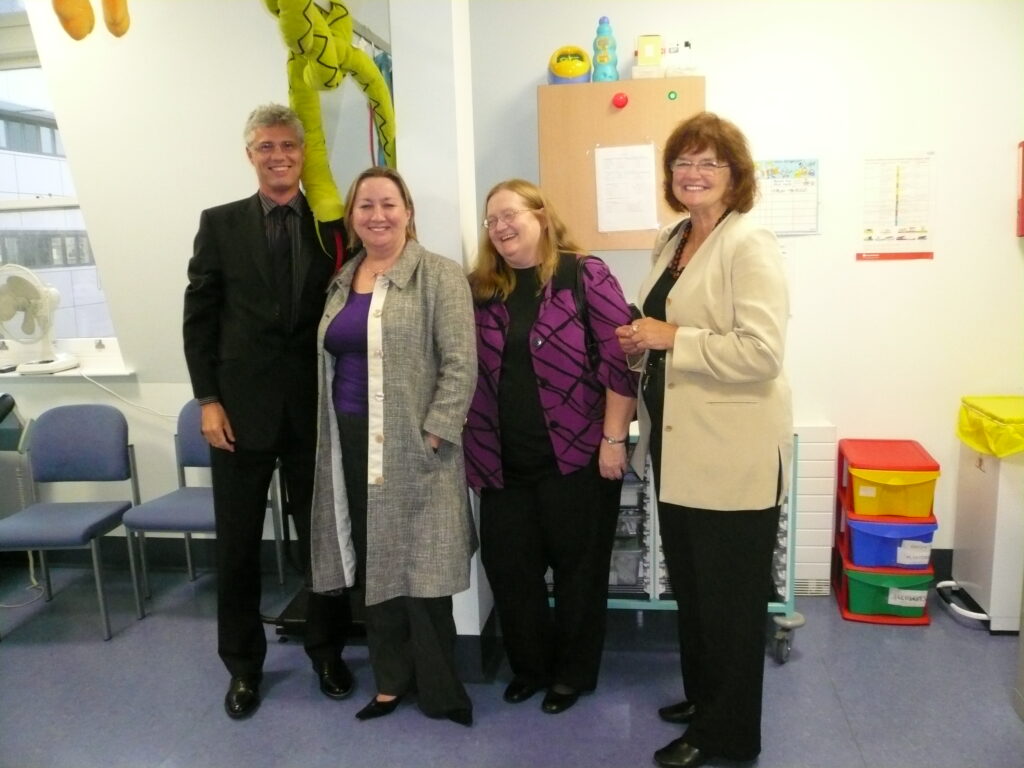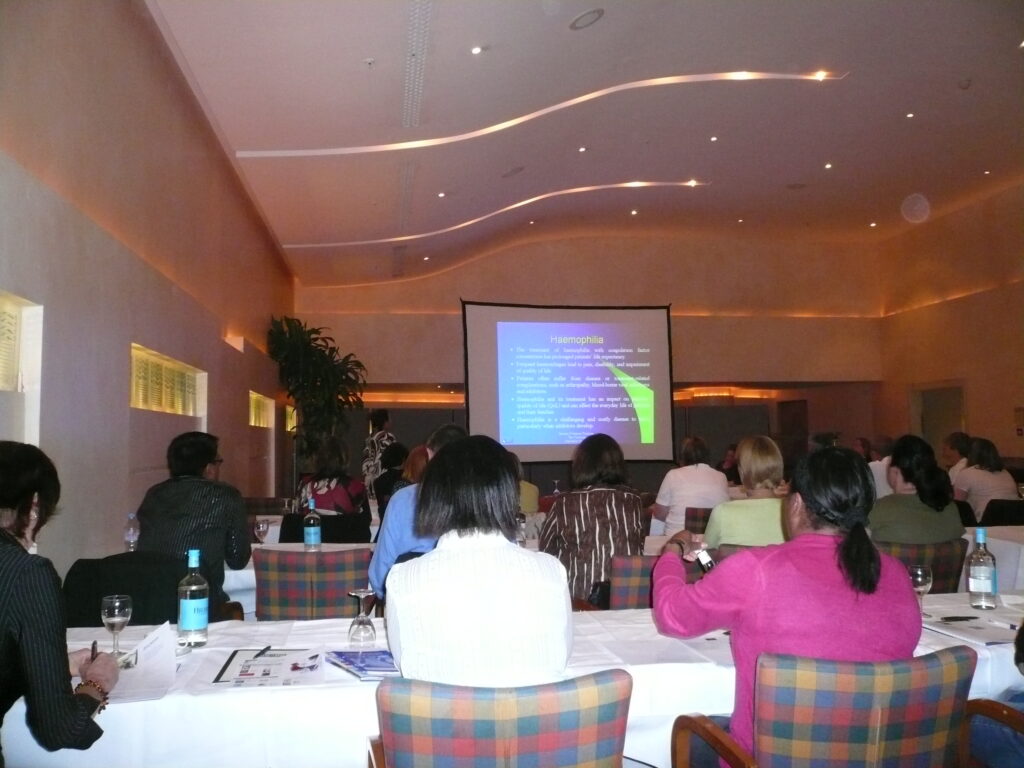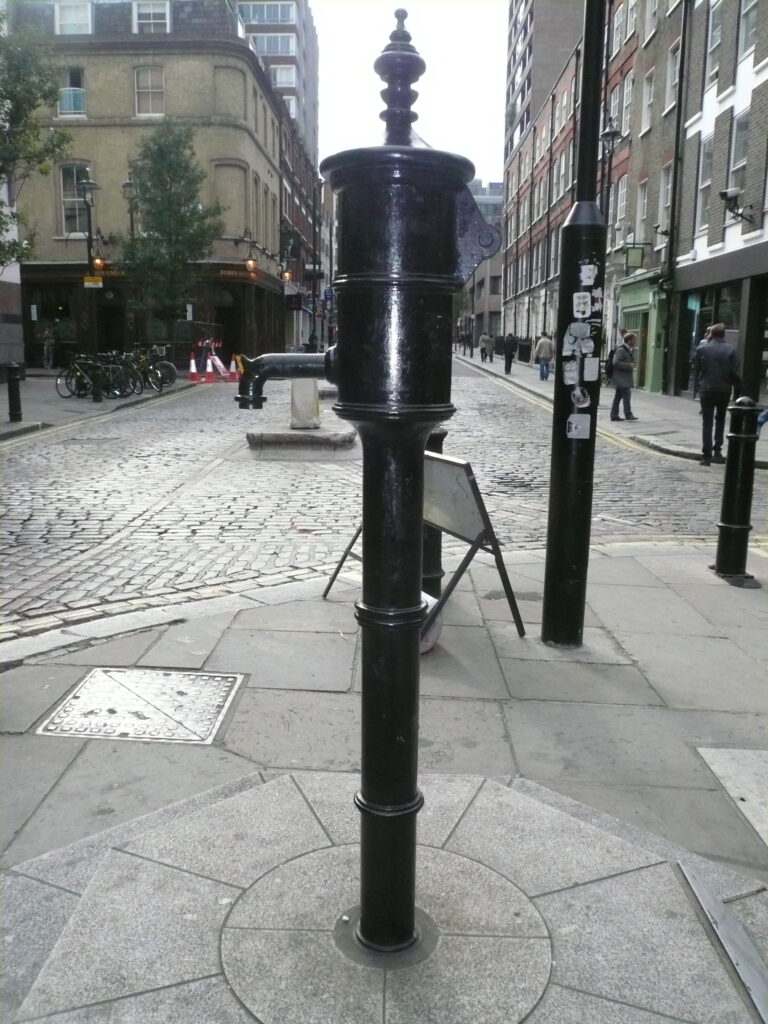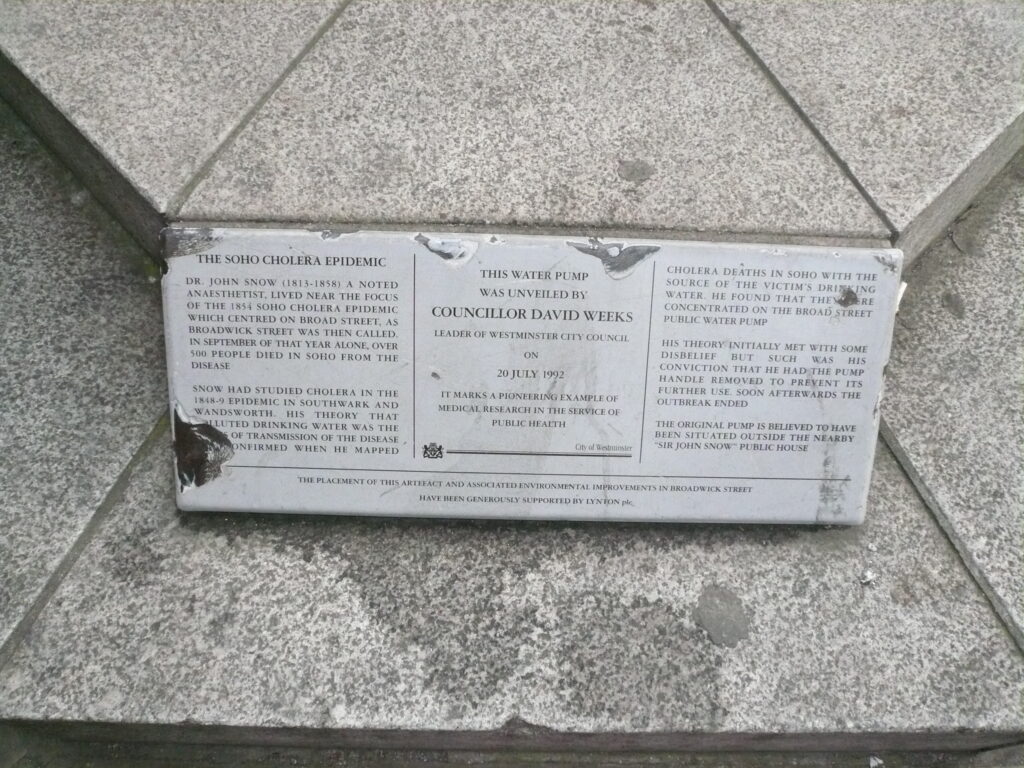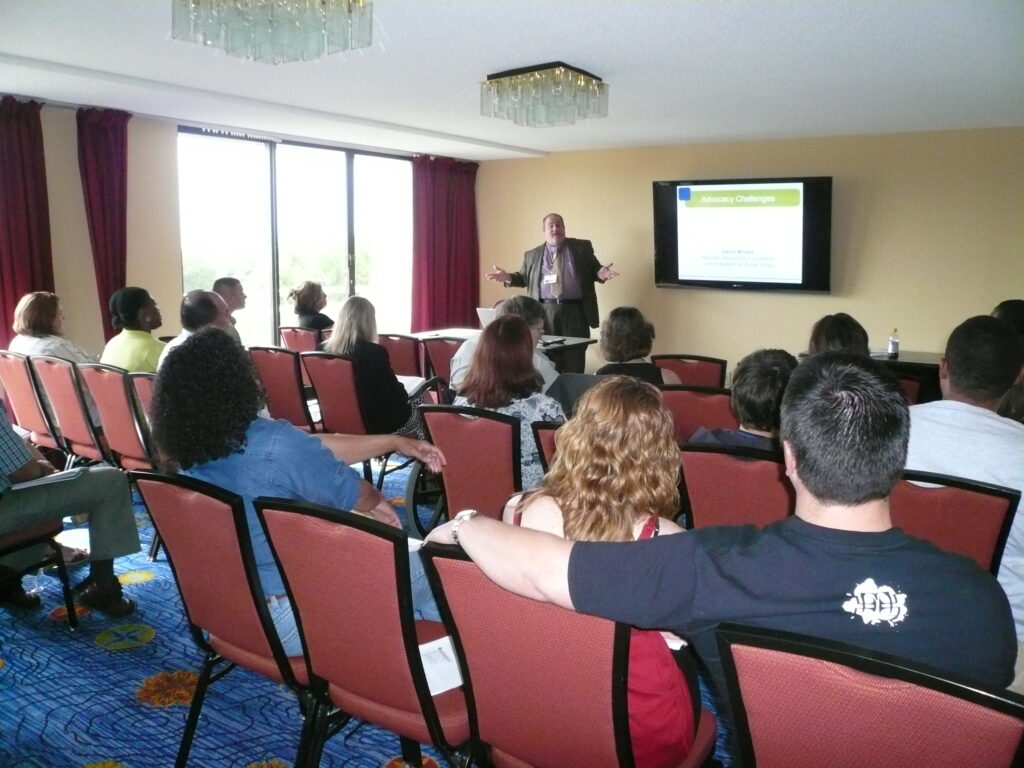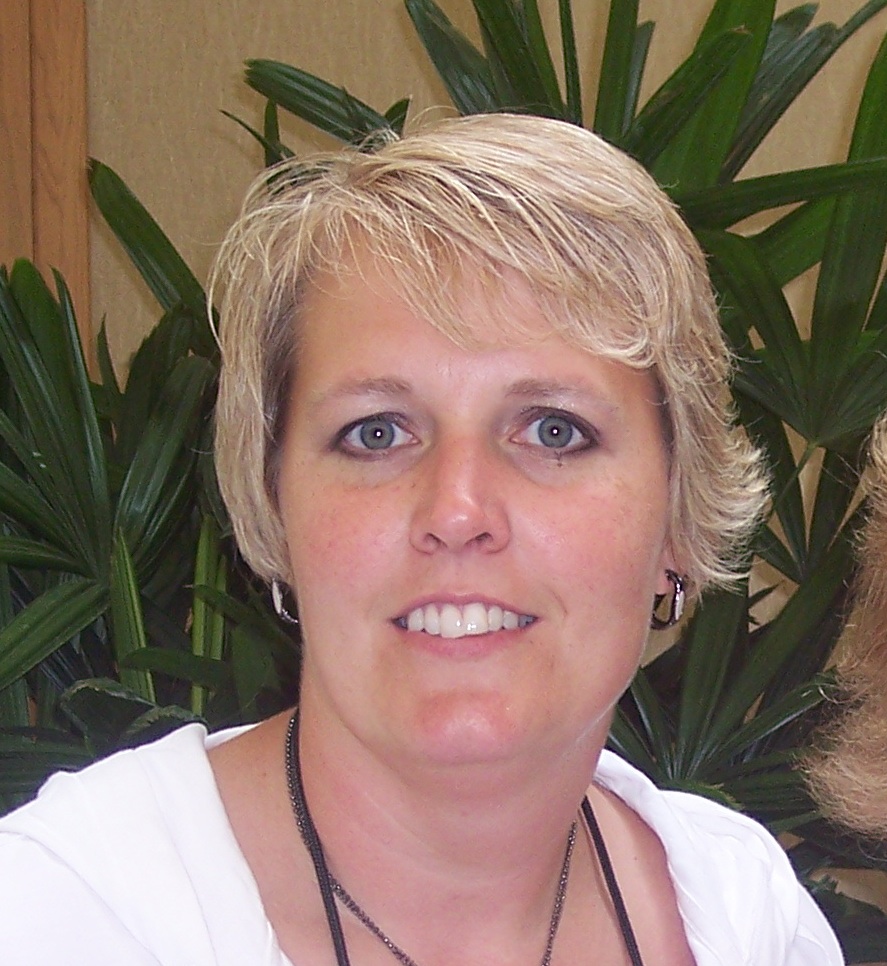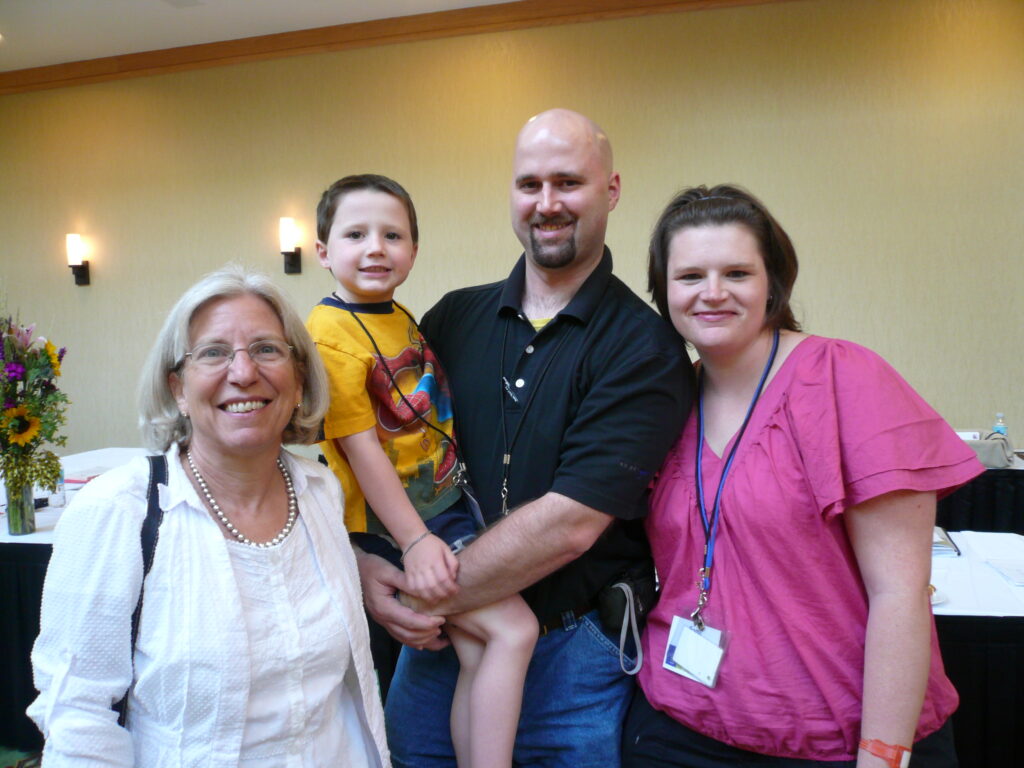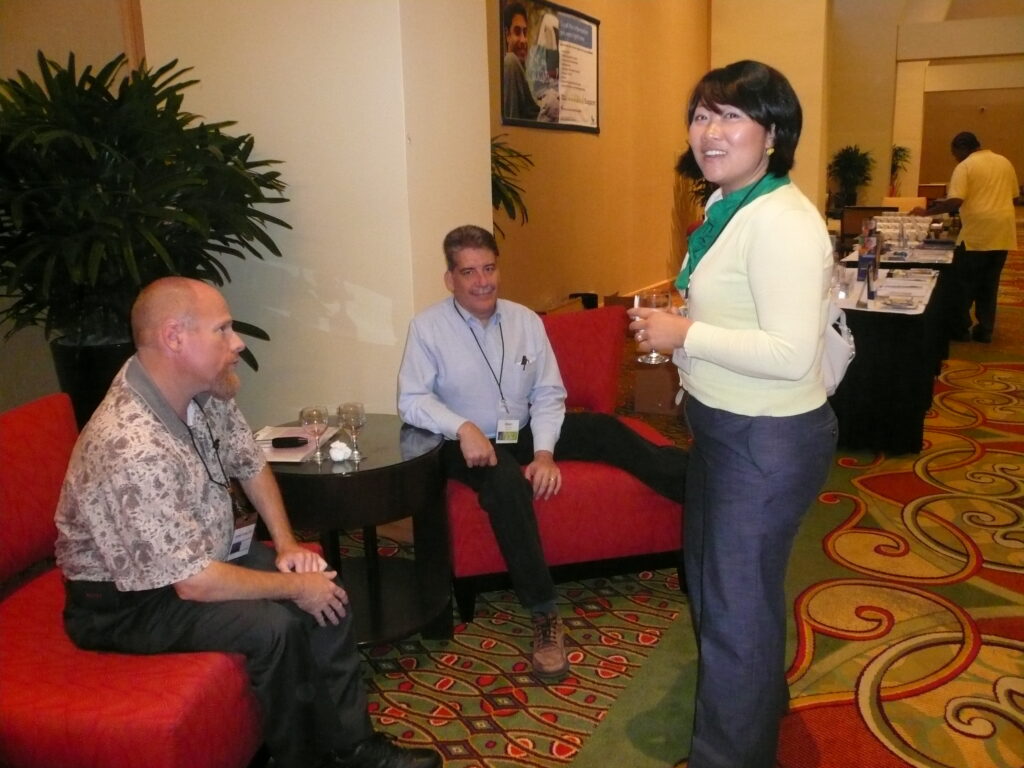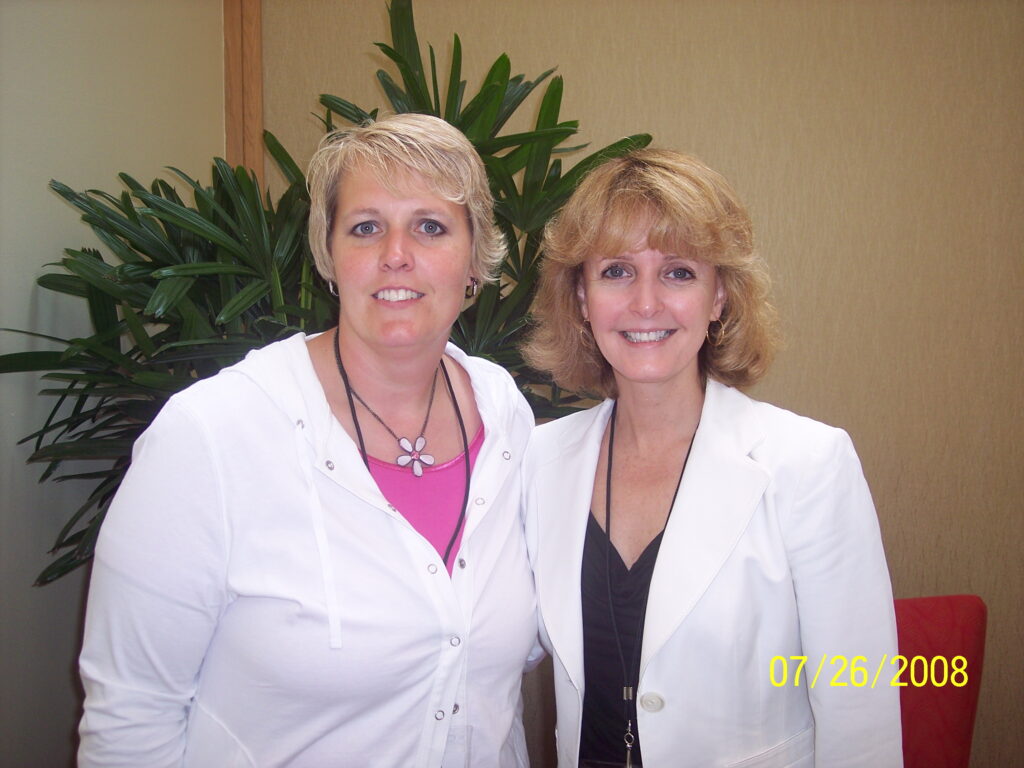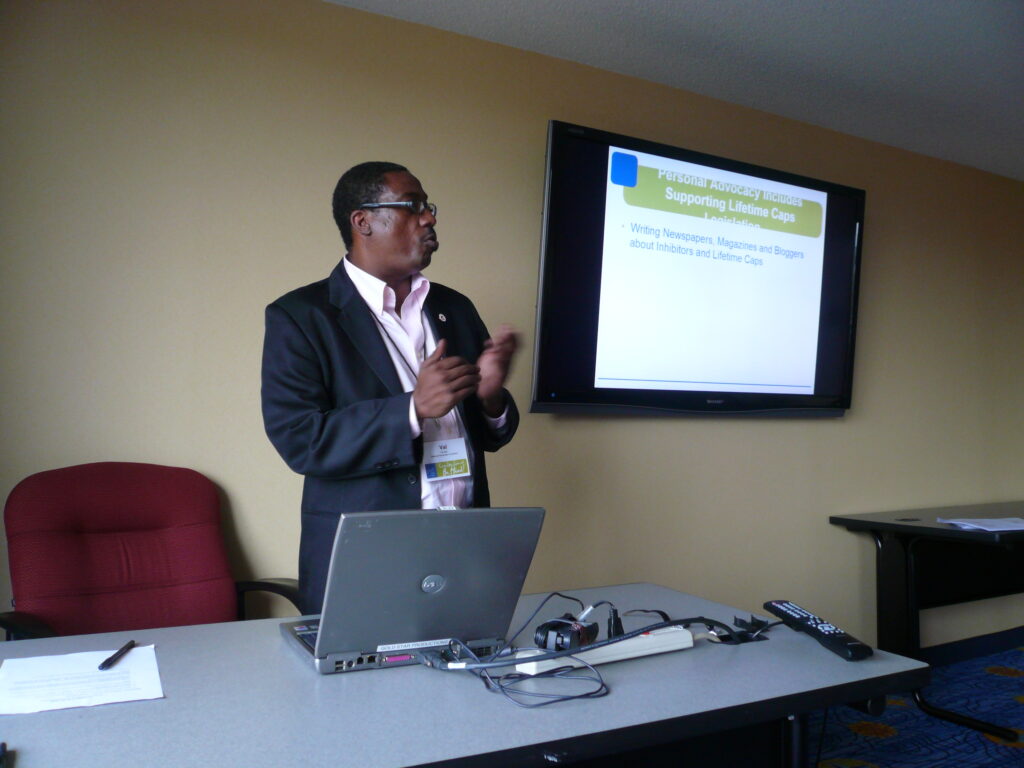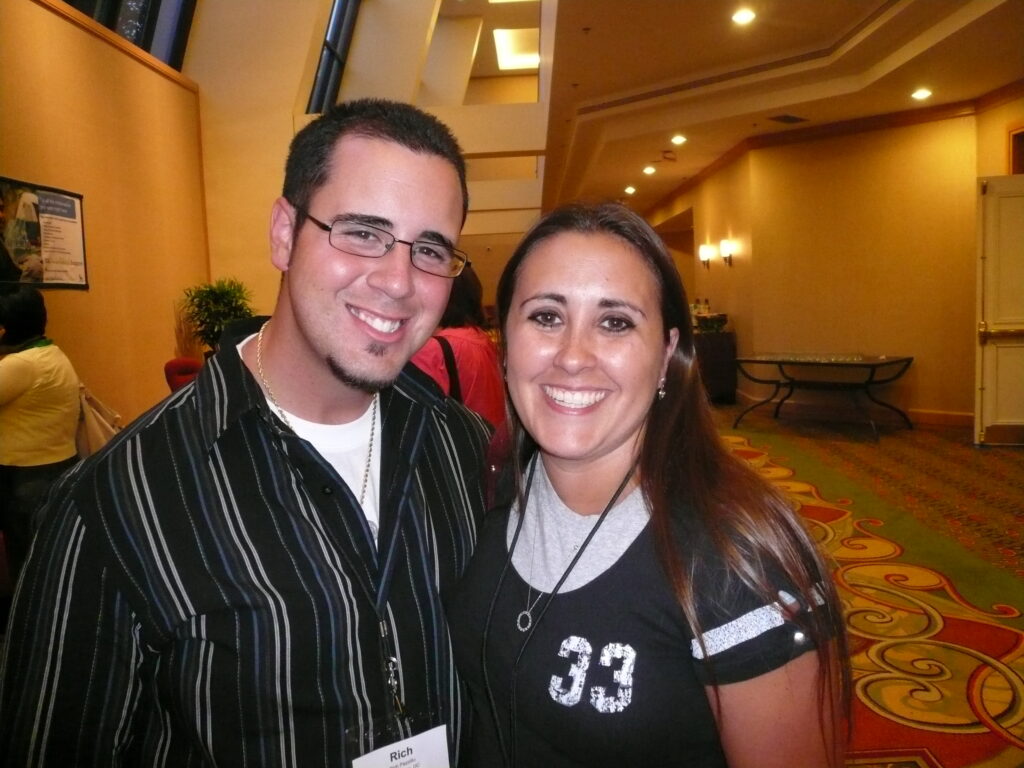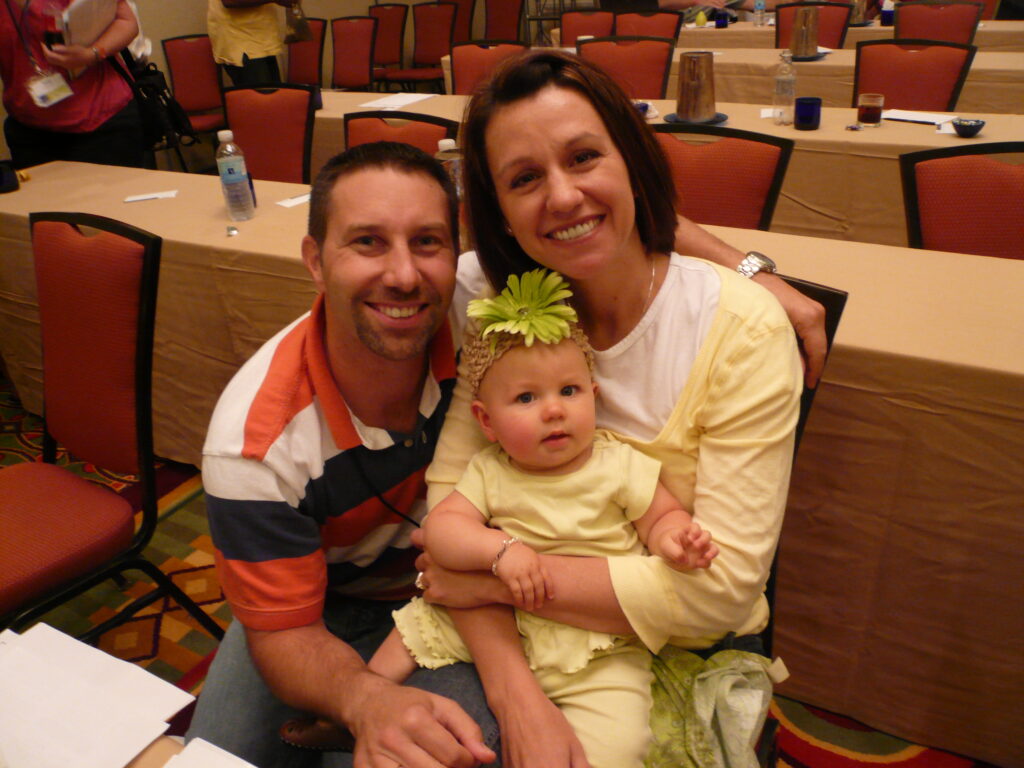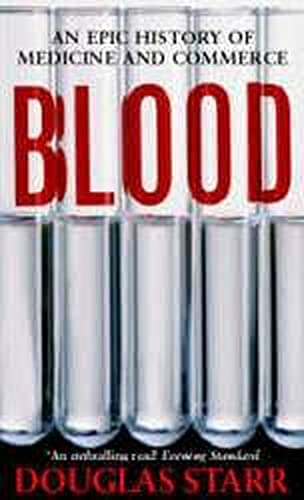Wanted: A Few Good Inhibitor Patients
I just returned from Miami, where I attended the first 2009 Consumer Advisory Council with Novo Nordisk. This is our fourth year, and it just keeps getting better! I spent all day Thursday, from 8 am till 4 pm, with about 12 inhibitor patients and family members, along with representatives from Novo Nordisk. The Consumer Advisory Council covers topics of direct interest to inhibitor patients and family members, and offers them a chance to give feedback directly to Novo Nordisk. The Council meetings allow Novo Nordisk to share product and treatment information, solicit suggestions and brainstorm together on meeting the needs of the inhibitor community.
It’s vital for consumers to have a direct line to the manufacturers; in this way they are able to express their concerns, needs and hopes. And it’s more than just lip-service. What has been presented in the past through the Consumer Council has become a reality in some programs and educational brochures for patients.
For instance, the Uninhibited Achievement Awards (UAA) were created through the Consumer Council and honor individuals in the inhibitor community. In addition to an award, a donation is made to the winner’s favorite charity.
So, we are looking for a few good inhibitor patients!
By August we want to nominate a patient with an inhibitor who meets the criteria of the UAA awards. Know someone with an inhibitor who is courageous, hard working, and achievement-oriented despite so many medical obstacles? Go to http://www.changingpossibilities-us.com/changing/index.asp and fill out an application! It’s easy, and will be well deserved.
Also, in 2010 we will need new members for the Consumer Advisory Council. If you know someone who might be interested in participating, contact and let us know. Council members must be a person with an active inhibitor or their caretaker (parent). It’s a chance to travel, work as a team, consult with a pharmaceutical company, and get your voice heard.
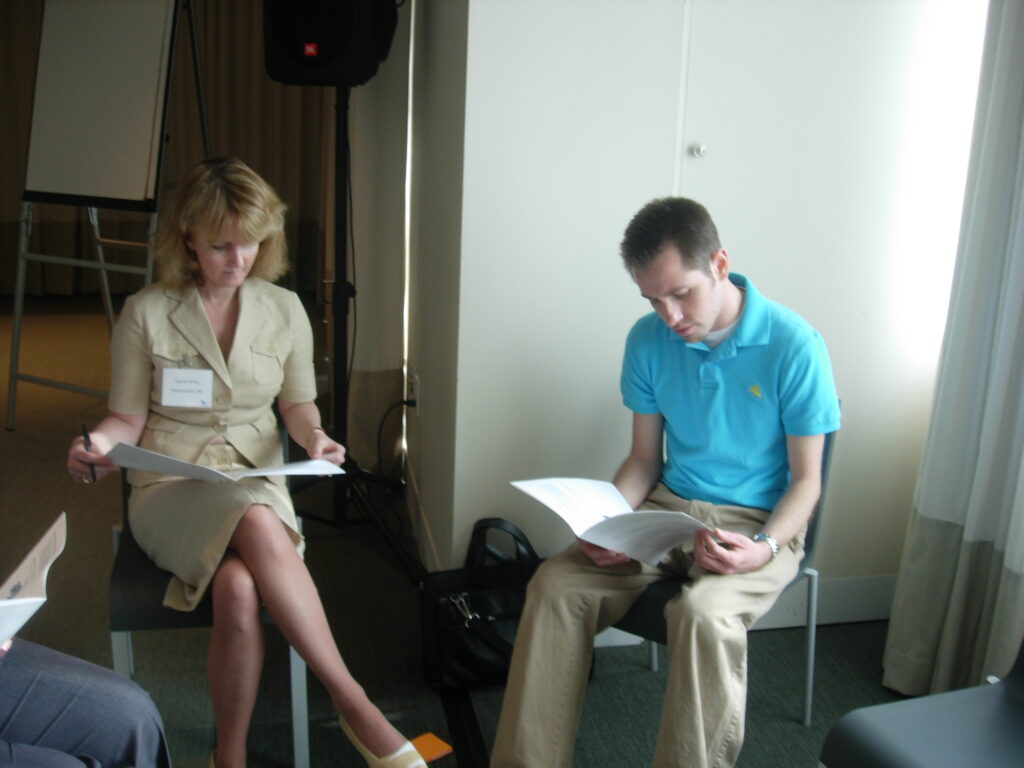
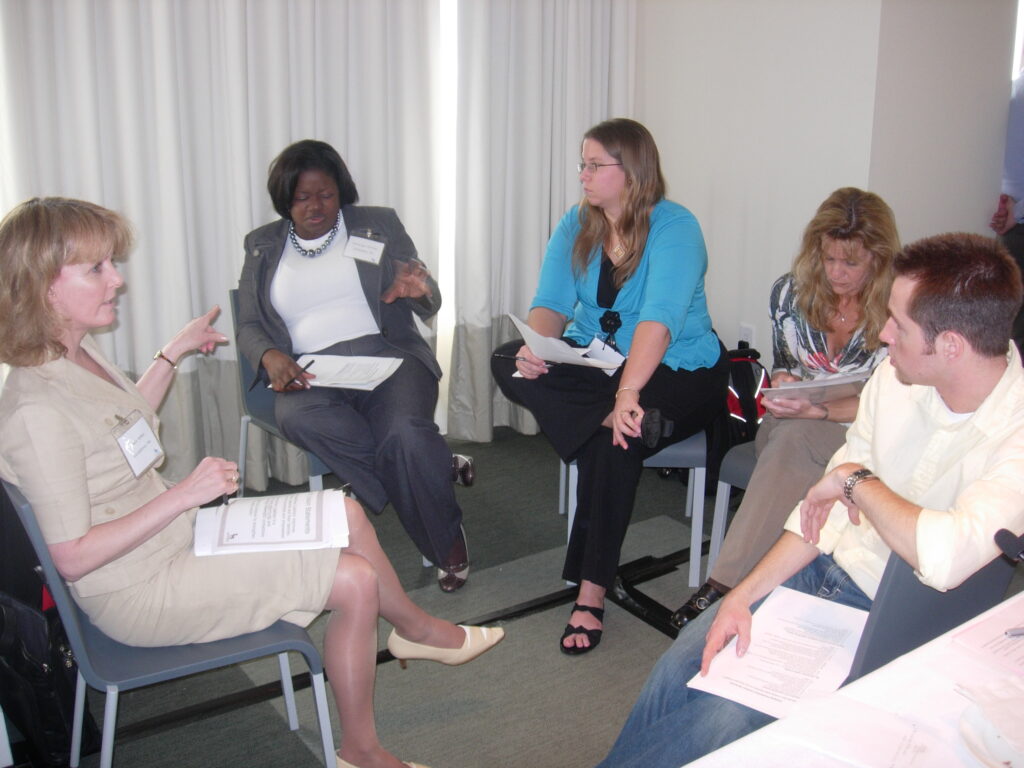
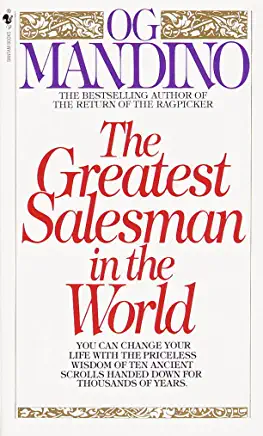
Good Book I Just Read
The Greatest Salesman in the World by Og Mandino
This little gem is considered a classic in the field of motivation and business. First published in 1964, it may read a little dated but its principles are timeless. The entire book is a parable, and the business principles of selling are presented as ancient, secret scrolls. Hafid is a wealthy, elderly man, living in Damascus, Syria, at the time of Christ. He is known as the greatest salesman in the world. As he nears death, he decides to liquidate everything he owns–millions. He has Erasmus, his faithful servant, sell off everything except for some money to see him through to his death. But he shares with him a secret, which he says is worth more than the jewels, money, millions he has made. Ancient scrolls, passed on to him from the previous greatest salesman, have been waiting to be revealed to the next greatest salesman. Hafid shares the scrolls with Erasmus, warning him they must give these ancient scrolls only to someone exceptional, someone seeking to be the greatest salesman in the world, even if he did not at first know it. How would they know who it is? Some sign would alert them.
At only 100 pages, this little book can be read in a few hours, and is packed with wisdom (even though I found the writing to be a bit stilted and inconsistent, as Mandino tries to write in a “verily” and “this is howeth they used to speaketh” kind of way). The book has distinct Christian overtones, which may be off-putting to non-Christians. The wisdom in the scrolls, and how Mandino (or Hafiz) says to use them, is excellent, and I can attest, as do so many others, they do work. Three stars.

